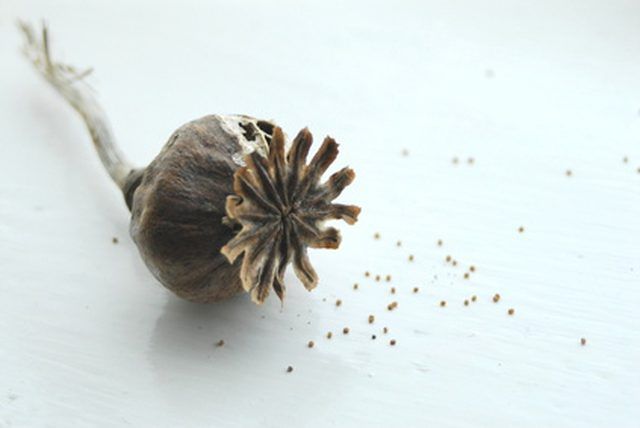Bulbs
Flower Basics
Flower Beds & Specialty Gardens
Flower Garden
Garden Furniture
Garden Gnomes
Garden Seeds
Garden Sheds
Garden Statues
Garden Tools & Supplies
Gardening Basics
Green & Organic
Groundcovers & Vines
Growing Annuals
Growing Basil
Growing Beans
Growing Berries
Growing Blueberries
Growing Cactus
Growing Corn
Growing Cotton
Growing Edibles
Growing Flowers
Growing Garlic
Growing Grapes
Growing Grass
Growing Herbs
Growing Jasmine
Growing Mint
Growing Mushrooms
Orchids
Growing Peanuts
Growing Perennials
Growing Plants
Growing Rosemary
Growing Roses
Growing Strawberries
Growing Sunflowers
Growing Thyme
Growing Tomatoes
Growing Tulips
Growing Vegetables
Herb Basics
Herb Garden
Indoor Growing
Landscaping Basics
Landscaping Patios
Landscaping Plants
Landscaping Shrubs
Landscaping Trees
Landscaping Walks & Pathways
Lawn Basics
Lawn Maintenance
Lawn Mowers
Lawn Ornaments
Lawn Planting
Lawn Tools
Outdoor Growing
Overall Landscape Planning
Pests, Weeds & Problems
Plant Basics
Rock Garden
Rose Garden
Shrubs
Soil
Specialty Gardens
Trees
Vegetable Garden
Yard Maintenance
Paulownia Tree Problems
Paulownia Tree Problems. The Paulownia tree, also called the princess tree or royal empress tree, is best known for its rapid growth and its natural ability to act as shade or a barrier in a garden in next to no time. In just its first year, the Paulownia can grow around 10 feet, possibly more. What's more, the Paulownia tree doesn't require expert...

The Paulownia tree, also called the princess tree or royal empress tree, is best known for its rapid growth and its natural ability to act as shade or a barrier in a garden in next to no time. In just its first year, the Paulownia can grow around 10 feet, possibly more. What's more, the Paulownia tree doesn't require expert know-how to grow. However, what seem to be the finer features of the Paulownia can turn out to be matters of concern.
Taking Care
Though it's easy to launch a Paulownia tree on its way to growth--simply plant it and add water--you've got to remember that this is not a tree you can just forget about: It will die if not given regular attention. Once a Paulownia is planted, you must water the tree on a frequent basis for the first eight to ten weeks and fertilize the ground twice a year.
Watering
Paulownia is a type of tree that prefers to be left to dry out after being watered before 'drinking' again. So, you should be careful not to over-water the tree.
Size Matters
You might want a tree that grows quickly, but what some people find with a Paulownia is that it grows bigger than they had expected and required. A Paulownia can reach heights of between 60 and 80 feet in around five years, which means that the tree---and the shade it produces---might eventually be too large for your garden. One method of limiting this growth would be by pruning off the tree's lower-lying branches.
Weak Branches
The Paulownia has larger leaves than the average tree, while its branches are not terribly strong. This means that natural environmental factors--for example, powerful winds--can damage the Paulownia's branches. The branches might break and fall into nearby buildings or cars, or at best simply accumulate under the tree, which can look unsightly.
Seedlings
A major problem with the Paulownia is the sheer amount of seeds it produces--each seedpod can contain a few thousand seeds, with each having the potential to sprout once fallen. The tree is known for its strong sprouting capacity, so any of the tree's seedlings that are blown over the garden by the wind need to be kept in check to stop more of the trees appearing all over the place. Each seedling needs to be cut or pulled in order to ensure that the roots do not get a chance to grow in size; it's best to catch any seedlings early on, since the tree's rapid growth means that the seedlings will soon become a problem.